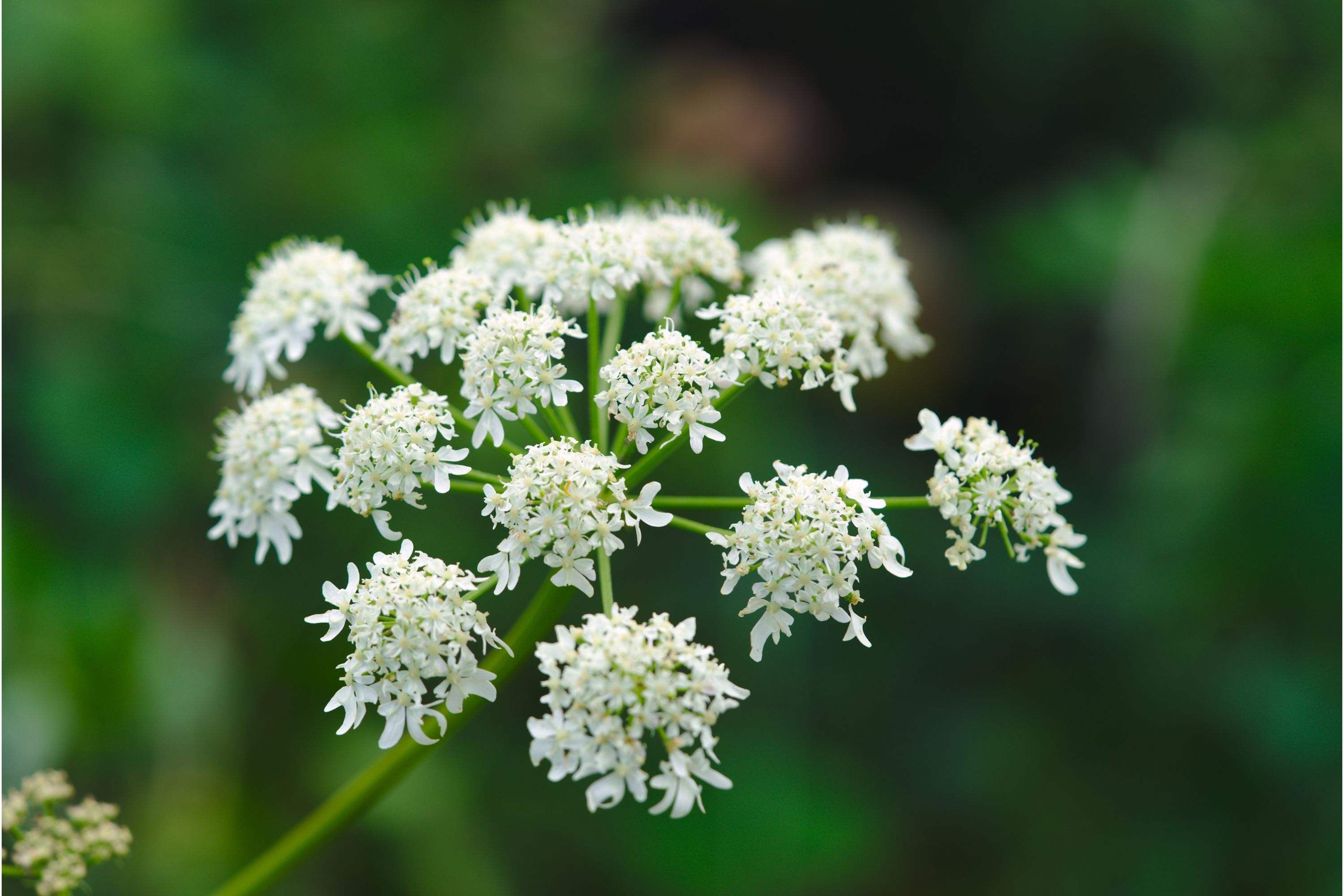Dong quai
(Angelica sinensis)

Description
Angelica sinensis, commonly known as dong quai or female ginseng, is a herb belonging to the family Apiaceae, indigenous to China. Angelica sinensis grows in cool high altitude mountains in China, Japan, and Korea. The yellowish brown root of the plant is harvested in the fall and is a well-known Chinese medicine which has been used for thousands of years. Angelica is hardy to 5 °C (41 °F) and can be cultivated at elevations of 1,500 to 3,000 metres (5,000–10,000 ft). Seedlings need to be kept out of direct sunlight, but the mature plant can withstand it. Angelica requires deep moist fertile soil and is perennial if prevented from going to seed. The dried root of A. sinensis – commonly known as Chinese angelica is widely used in traditional Chinese medicine, although there is insufficient evidence that it has any medicinal effect. There is evidence that A. sinensis may affect the muscles of the uterus. Women who are pregnant or planning on becoming pregnant should not use A. sinensis, because it may induce a miscarriage. Taking A. sinensis can cause skin to become extra sensitive to the sun, leading to a greater risk for skin cancer. A. sinensis may increase the anticoagulant effects of the drug warfarin (as it contains coumarins) and consequently increase the risk of bleeding. Due to the antiplatelet and anticoagulant effects of A. sinensis, it should be taken with caution with herbs or supplements (such as ginkgo, garlic, and ginger) that may slow blood clotting to reduce the possible risk of bleeding and bruising. The plant's chemical constituents include phytosterols, polysaccharides, ligustilide, butylphthalide, cnidilide, isoenidilide, p-cymene, ferulate, and flavonoids. When isolated from the plant, one of the chemicals, angelica polysaccharide sulfate, has in vitro antioxidant activity. Angelica is a genus of about 60 species of tall biennial and perennial herbs in the family Apiaceae, native to temperate and subarctic regions of the Northern Hemisphere, reaching as far north as Iceland, Lapland and Greenland. They grow to 1–3 m (3 ft 3 in – 9 ft 10 in) tall, with large bipinnate leaves and large compound umbels of white or greenish-white flowers. Found mainly in China, its main use was for medicine. It shows variations in fruit anatomy, leaf morphology and subterranean structures. The genes are extremely polymorphic. Some species can be found in purple moor and rush pastures.
Taxonomic tree:







